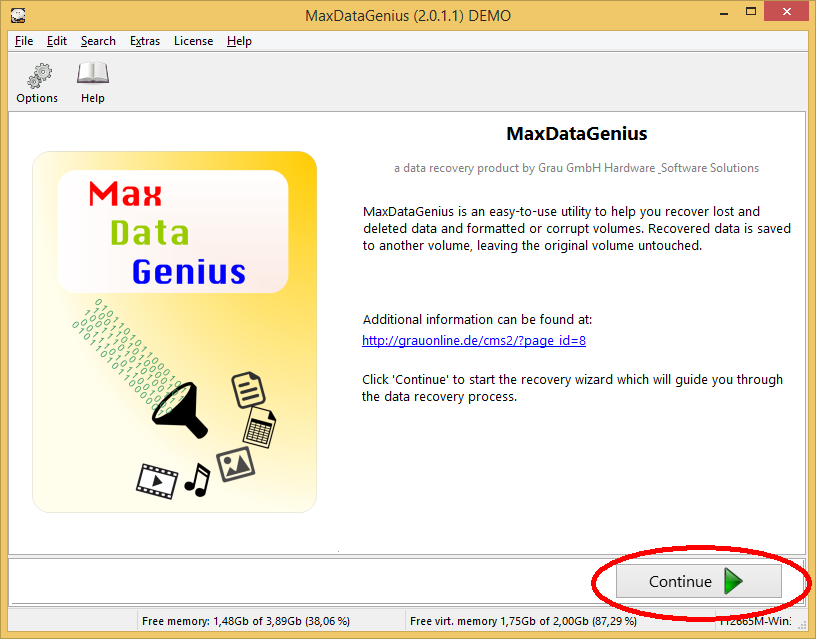

- #CONFIGURE JBOD IN DISK GENIUS HOW TO#
- #CONFIGURE JBOD IN DISK GENIUS PRO#
- #CONFIGURE JBOD IN DISK GENIUS SOFTWARE#
- #CONFIGURE JBOD IN DISK GENIUS SERIES#
“Controller management” is to set up the SAS RAID controller There are five items.Ĭonfiguration management is to configure raid settings Note: if the corresponding function is not activated, no item will be displayed here.Įntering the main menu from the dashboard is the main interface of RAID configuration.
#CONFIGURE JBOD IN DISK GENIUS PRO#
MegaRAID cachecade Pro 2.0, the advanced SSD caching function. MegaRAID cachecade 2.0, SSD cache function
/GettyImages-173421916-48e9431735024bf2a9cb215271f6c1b7.jpg)

MegaRAID safestore, namely data protection function
#CONFIGURE JBOD IN DISK GENIUS SOFTWARE#
Page down, in “MegaRAID advanced software options”, the activated functions of the raid card will be displayed, as shown in the following figure: ( be careful:Some old SAS raid cards and old version firmware have no dashboard interface, and the key information in the dashboard interface is reflected in the controller management in the main menu.) “Virtual drives” refers to the status information such as the number of raid volumes. “Drivers”, that is, the number of hard disks If the array card is equipped with battery (BBU) or super capacitor (CVM), it will display “yes”, otherwise it will be “no” “Status” refers to the status of SAS raid card, which is “optimal” under normal circumstances
#CONFIGURE JBOD IN DISK GENIUS SERIES#
This paper takes thinksystem series server text interface and system X series server UEFI HII array configuration interface as examples.Īfter entering the SAS RAID array configuration interface, the first step is the dashboard interface, which displays: Please refer to the description of hard disk selection and confirmation in the above Lenovo knowledge base document for details. There are a few operation modes that are slightly different. The UEFI HII SAS RAID array configuration interfaces of Lenovo’s various series of servers are different, but the operation steps are the same.
#CONFIGURE JBOD IN DISK GENIUS HOW TO#
Please refer to《 How to enter SAS RAID array configuration interface of thinksystem series servers》(repository number: 167409).įor system X M4, M5, M6 and X6 series servers entering the array configuration interface, please refer to《 How to enter SAS RAID array configuration interface of system X series server》(repository number: 167408).įor thinkserver rd650, rd550, rd450, rd350 and td350 series servers entering the array configuration interface, please refer to《 How to enter thinkserver rd / TD_ 50 series server SAS RAID array configuration interface》(repository number: 167404).įor the operation of thinkserver rq940 server entering the array configuration interface, please refer to《 How to enter the configuration interface of thinkserver rq940 series server SAS RAID array》(repository number: 167411).


 0 kommentar(er)
0 kommentar(er)
